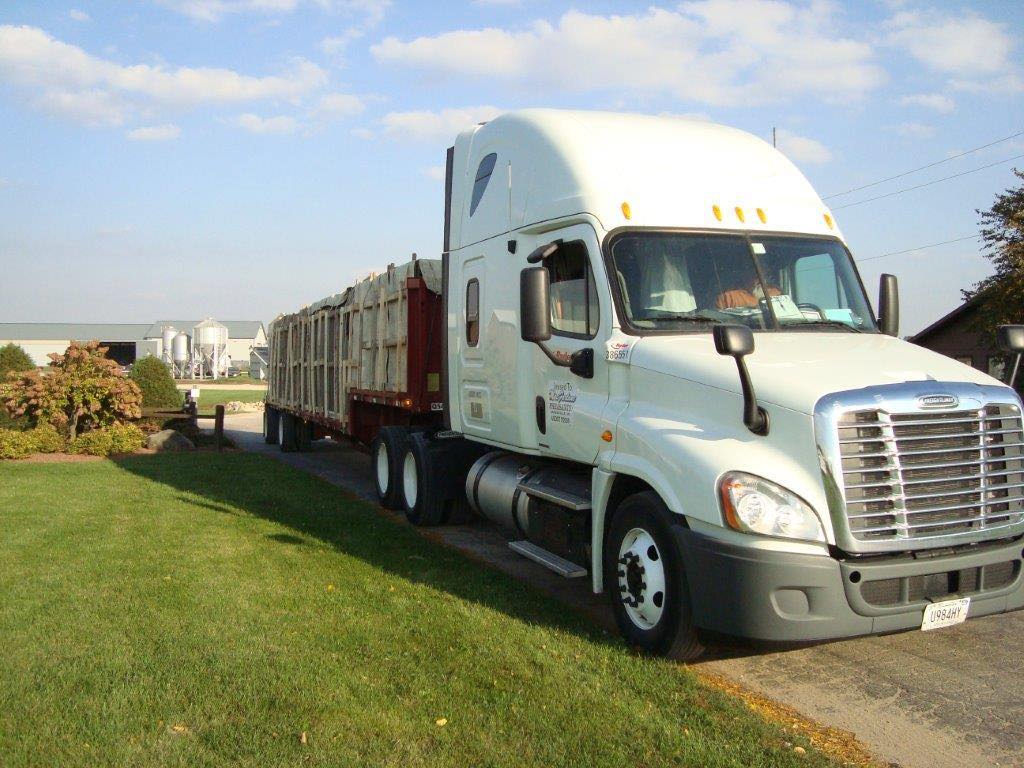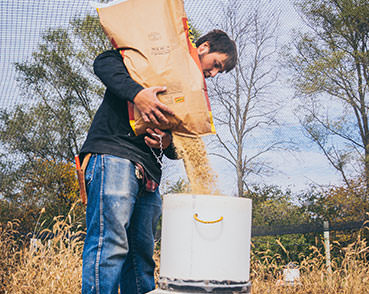Air Flow in Barns
Air movement in the barns plays an important role in keeping game birds healthy. When the temperature starts to change in the spring and the fall, we have to adjust so the birds can get acclimated enough to go outside without problems. Being able to do this involves getting the inside temperature equal to the coolest outside temperature the birds will be exposed to.
In order for the birds to adjust properly, it can’t be 40 degrees outside and 60 degrees inside – that would be like us traveling from Florida to Alaska for birds whose core temperature is about 103 degrees. Too hot in the barns means we are spending too much money on energy because the fans and the heater are running at the same time or competing. It also can dehydrate the birds. Too cold encourages piling.
Our managers have setting the fans down to a science. The fans are at the height of chest level for an average adult human – too high means the bedding won’t dry and too low means drafts and condensation. One of the questions we are asked a lot when we are having tours is why not use ceiling fans?
Ceiling fans push the air down and then out, this would result in inconsistent air flow around the facility and high energy costs. Fans need to be set in the barns at opposite ends for intake and output – fresh air in to keep acclimating the birds to outside temperatures and drying bedding and moving stagnant air out.
Fans are on timers. Depending on the size of the barn, they run every 10 to 30 seconds per five minutes. Or, to look at it another way, they run for 30 seconds out of every five minutes. In the warmer months, the fans will run longer if the barn gets above the desired temperature as well as continuing to run on the timer. The time can be increased depending on the weather conditions.
In Wisconsin right now, we could have rain and 40 degrees in the morning and humid and 60 close to dusk. One of the good things about being located in Wisconsin is that we can pretty much help our customers out with advice about any sort of weather conditions all over the world because the weather here changes so much.
You can set up a maintenance schedule for your fans, or if you have good managers like we do – they can walk into a barn and immediately know something needs to be adjusted. The managers can tell by the smell, the air quality in general and they know after being in the barn for five minutes, the fans should have turned on and off.
For more information on how to properly raise your pheasants, download a free copy of our Mature Bird Delivery Guide.
Related Posts
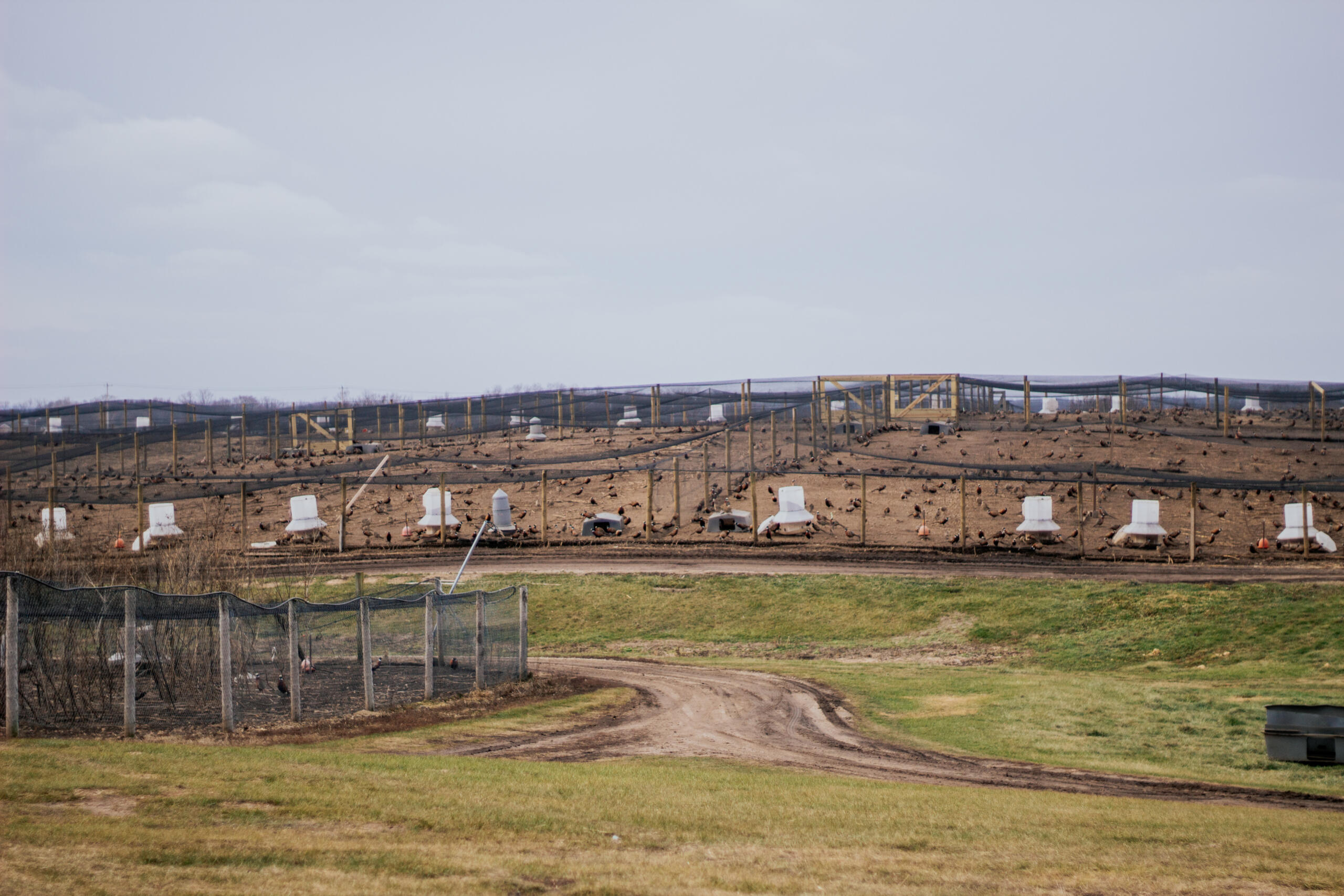
Preparing Our Barns & Pens Each Spring
Read Post
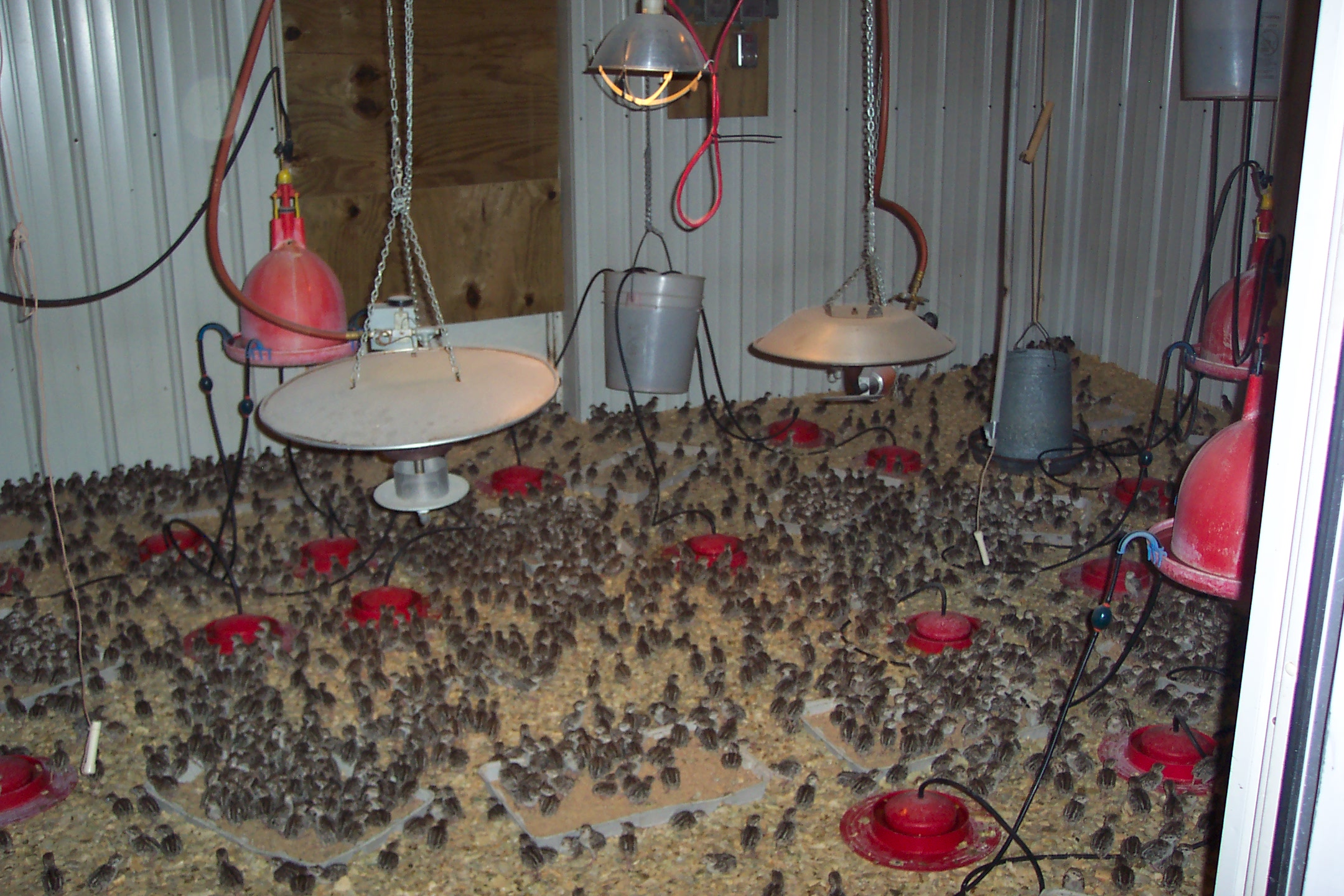
How We Prepare For Brooding Our Chicks
Read Post
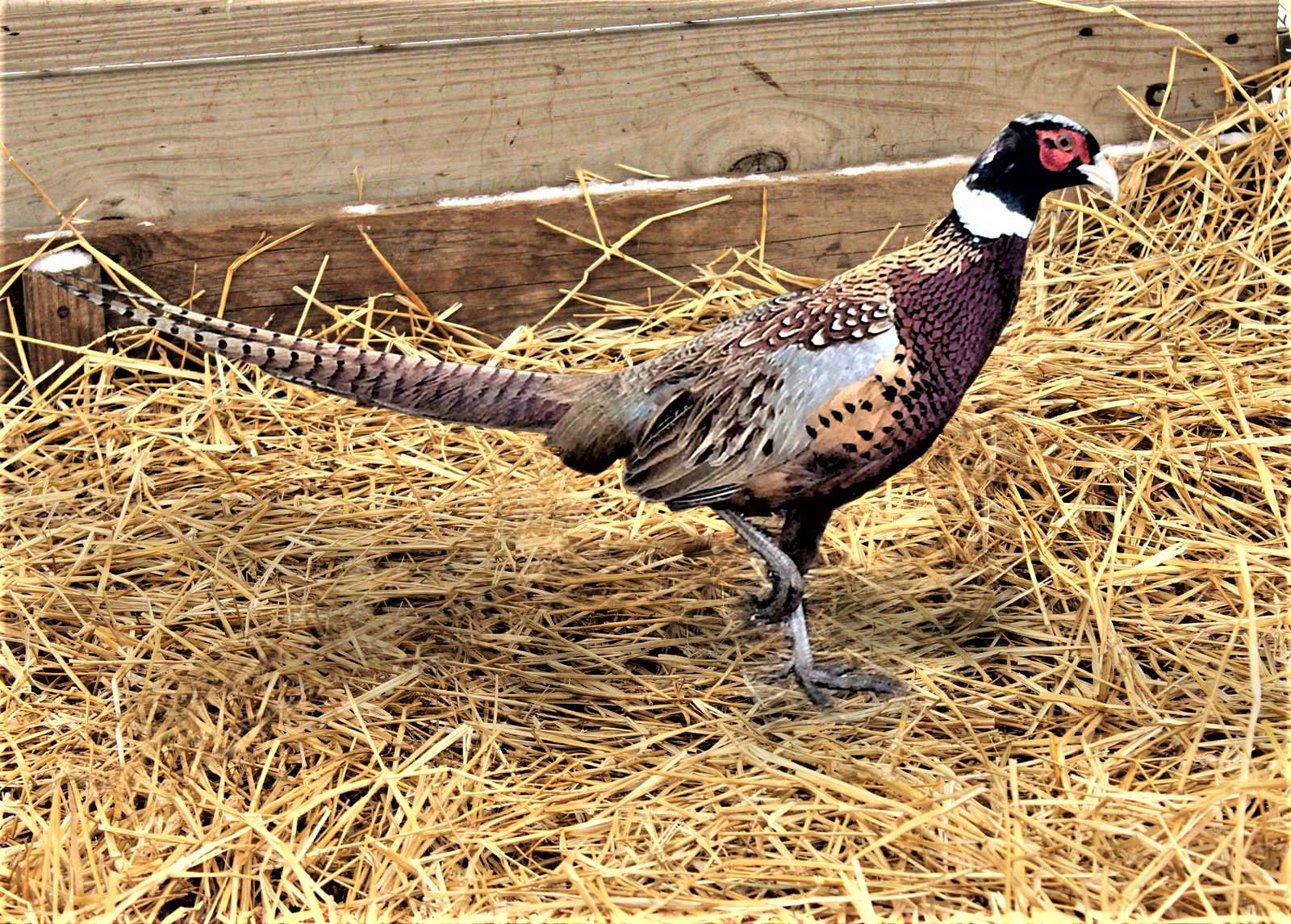
Our Milton Farm in 2024!
Read Post

10 Ways To Get the Most Out Of Brooder Barns
Read Post
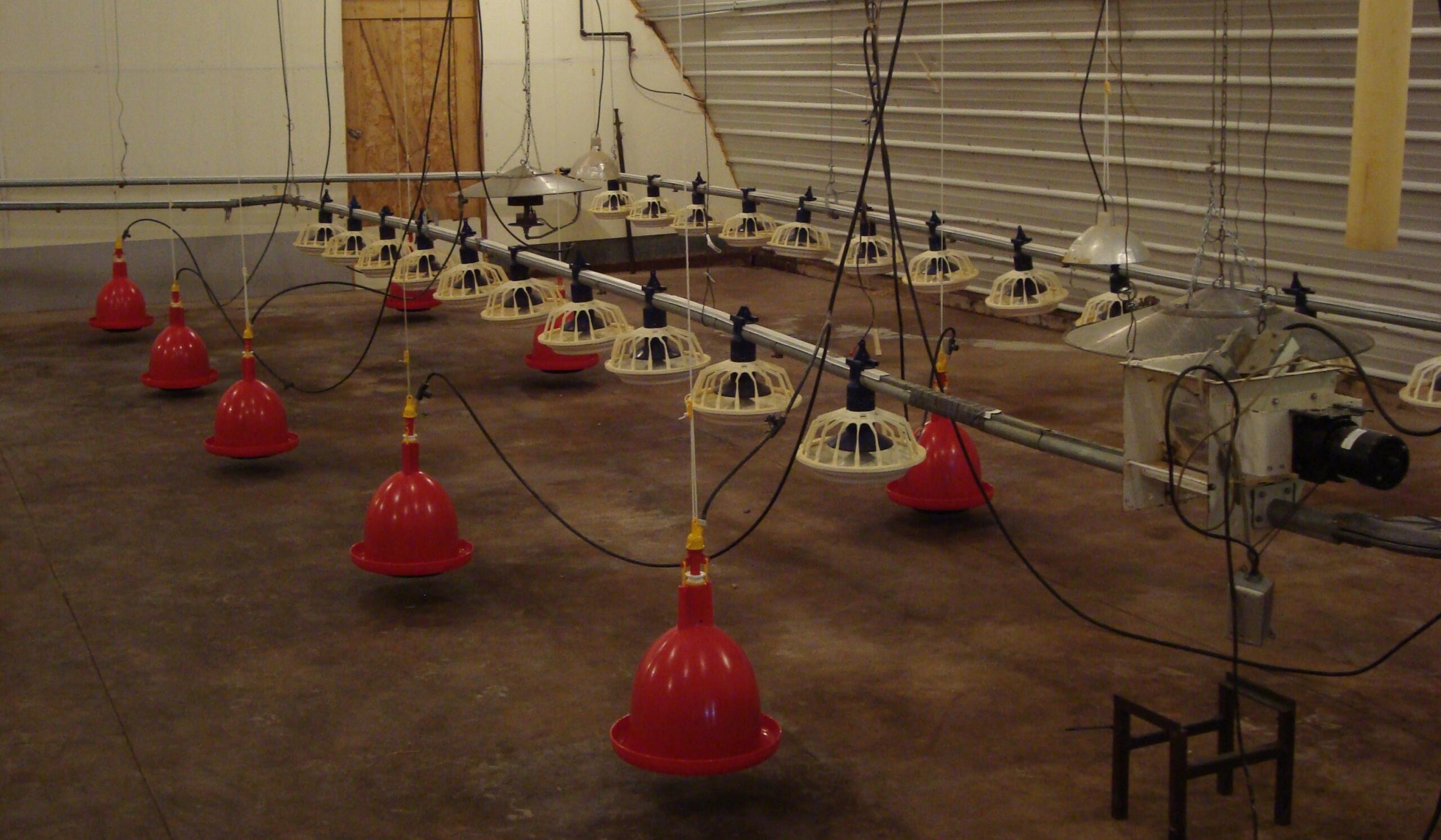
6 Feed and Water Procedures to Keep MacFarlane Pheasants Healthy
Read Post
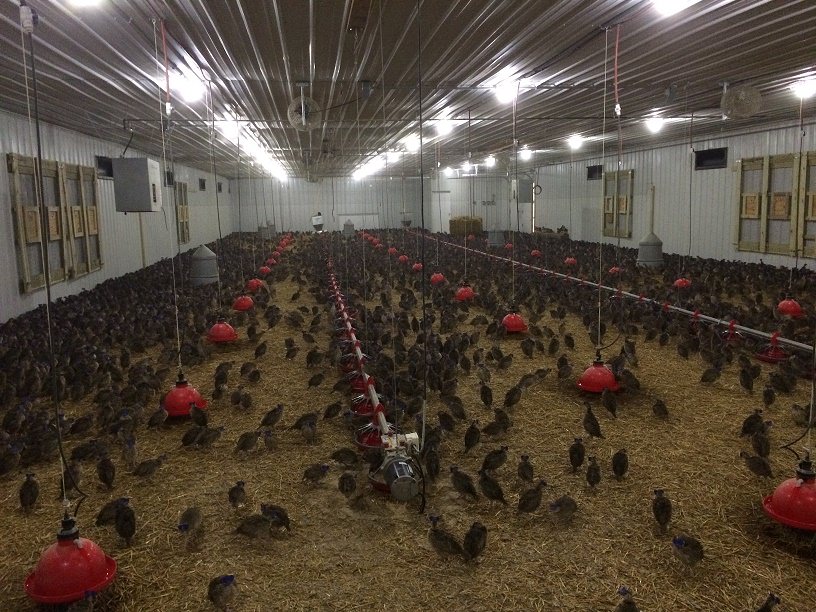
Barn Maintenance at MacFarlane Pheasants’ Milton Farm
Read Post
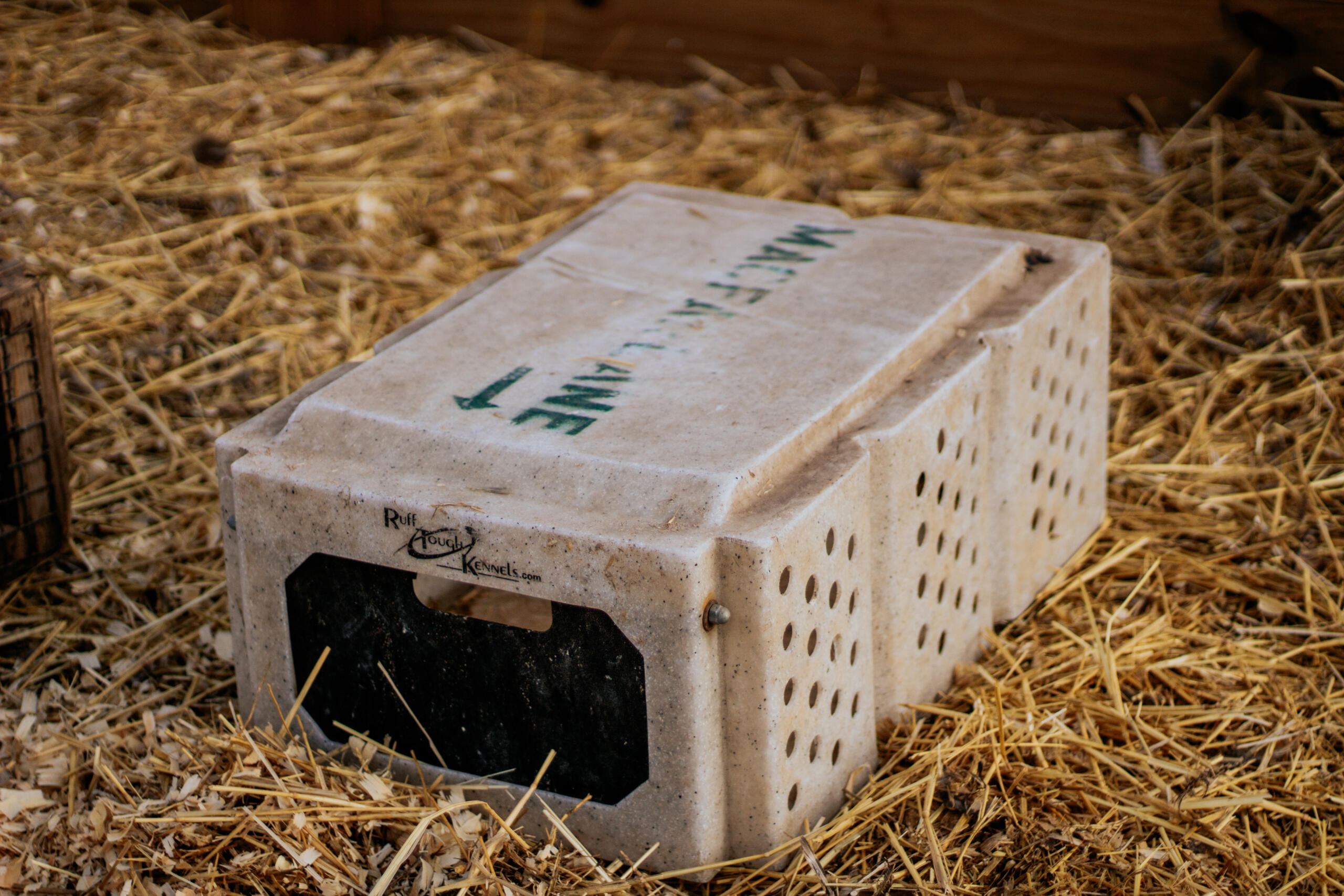
Best Bedding for Pheasants
Read Post
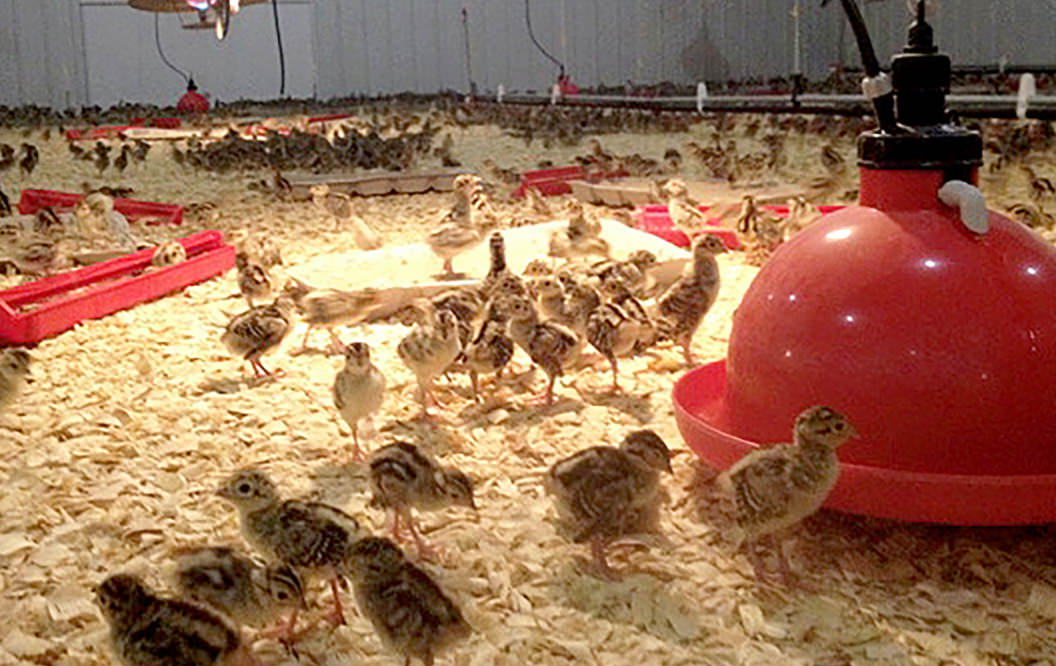
Better Bedding For Pheasant Care
Read Post
Take Advantage of These Free Resources
As the biggest game bird farm in the United States, we want to share our experience with you. Download our free resources below and get started.

